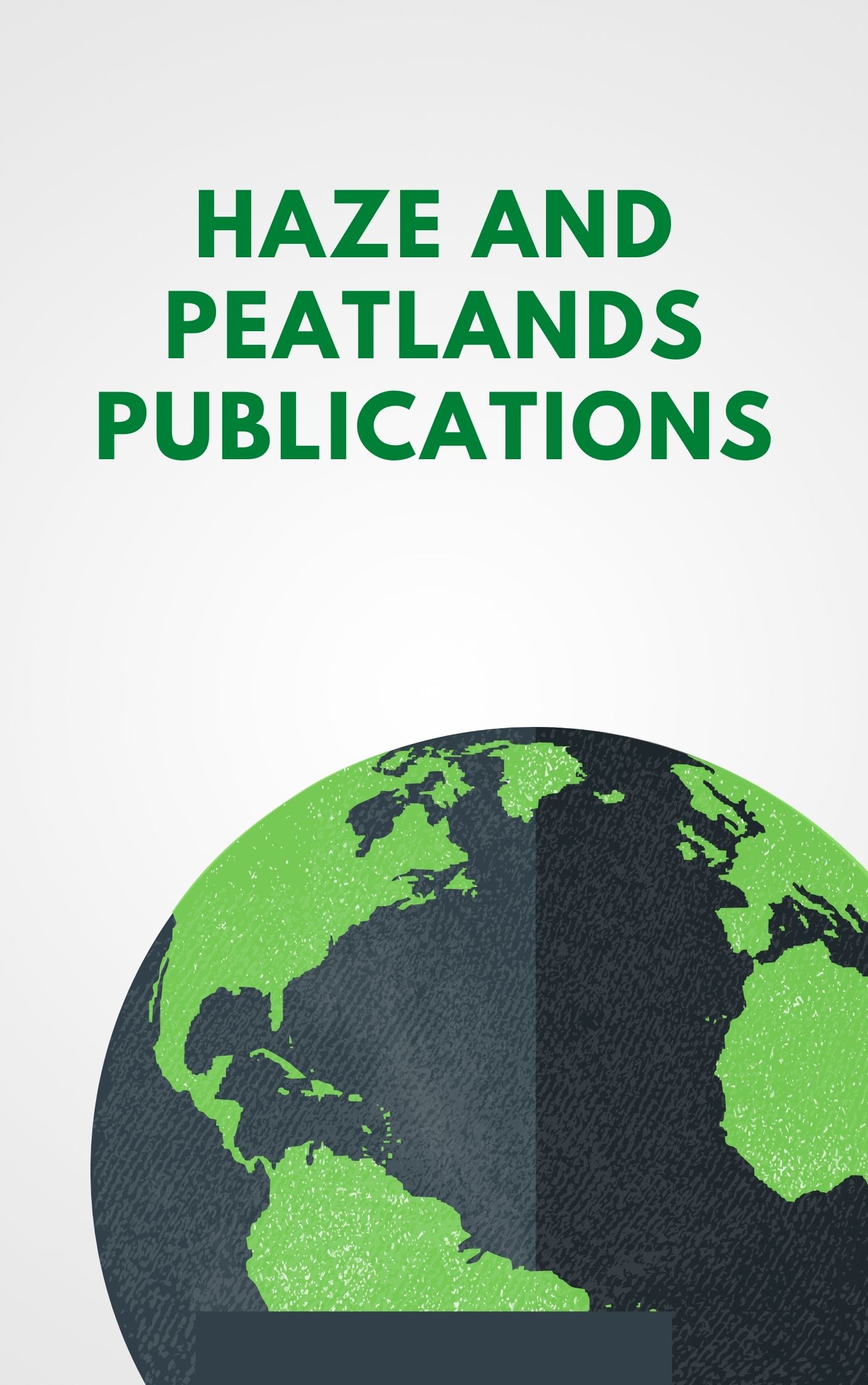The Keetch–Byram Drought Index (KBDI) is a numerical value reflecting the dryness of the top layer of soils, deep forest litter, logs, and living vegetation. The KBDI is expressed as a scale from 0 to 200, where the number represents the amounts of rainfall (in millimeters) to return the soil to saturation. We proposed a method to integrate peatland groundwater as a key variable for the peatland forest fire hazard, and we called it mKBDI. The groundwater table was obtained from the SWAT-MODFLOW model simulation. The MODFLOW model uses a 200 m × 200 m grid. The SWAT-MODFLOW model was calibrated and validated using daily water level measurements in the river. The model failed to represent peak flow, but the model produced the average water level. Output from the simulation was read using the FloPy module, and then mKBDI was calculated. The daily calculations of the mKBDI for each grid for the catchment were saved in the NetCDF format using the x-array module. We applied this model in the Peatland Hydrological Unit (PHU) Merang-Kepahyang, South Sumatera, Indonesia, in 2015 (El-Niño year) and 2016 (La-Nina Year). The daily mKBDI index from all the grids in the catchment was classified into three classes: low (mKBDI < 100), moderate (mKBDI = 101– 150), or high (mKBDI > 150). Then, the whole catchment was classified according to these classes. Therefore, every day the percentage of the area with low, moderate, or high class in the catchment dynamically changed. When these classes were verified with hotspot data, all hotspots only coincided with the high hazard classes, where more than 60% was area of the catchment. No hotspot data were reported on low/moderate levels throughout 2015/2016. In the larger area with high mKBDI classes, the frequency of hotspots substantially rose. Sixty-three hotspots occurred during August–October of 2015 when the area of high hazard classes was above 70%. Through this finding, we proposed to use a 60% area of the catchment with high mKBDI classes as a threshold value indicating that the area is prone to peatland fire. Therefore, the peatland restoration project in preventing the fire could be evaluated using this indicator. If the restoration projects could reduce the area with high mKBDI classes to less than 60% for the whole year, we could accept it as a successful project. © 2022 by the authors. Licensee MDPI, Basel, Switzerland.
View source

